district9prawn
1 kW
If you enter in your correct flux linkage value manually are you able to spin the motor in foc?
sdobbie said:Is there any way I can find the KV of the motor? I also attached a scope to all three phases and I am getting PWM across all of them. Maybe I can try openloop mode if there is any way to use it like a vfd where I can adjust voltage and frequency?
district9prawn said:The formula to calculate flux linkage is 60 / (2*pi*sqrt(3)*p*kV) where p is pole pairs.
stancecoke said:I follow your discussion about the flux linkage for a while now. I don't understand, why are you guys dwelling on such a sideshow?
This parameter is only important for sensorless run...
regards
stancecoke
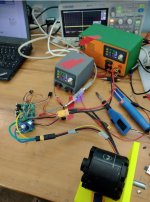
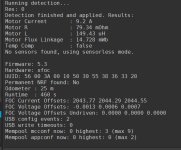

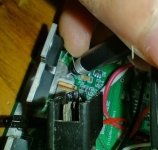
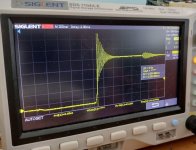
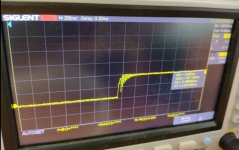
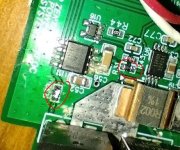

Ecyclist said:Thanks for testing it. :thumb:
I was wondering how good it can be. Obviously not great, but for $99 what can we expect
mxlemming said:Let's be realistic, this is the first version sdobbie has made. Making something that works atall first time is bloody impressive.
zombiess said:mxlemming said:Let's be realistic, this is the first version sdobbie has made. Making something that works atall first time is bloody impressive.
This is an accurate statement. Power electronics is not an easy field of study.
Have you tried to slow down the switching even more to see if it cleans up? Maybe try adding an oversized G-S cap, say 47nF. Sometimes with enough it will dampen the ringing. Have you figured out the layout inductance?
Your board cleanup might have done the trick, might have knocked loose a wire hair or solder ball. Good job helping him out.
sdobbie said:Wow, never expected it to be that easy to find what the issue was. It seems to be partly a layout and mostly a component selection issue. Agreed, ringing looks horrible and must be sorted.
I hope we can work out what mosfets are best for this design as well as work out a snubber. I take it the snubber goes on all 6 gate drive signals to the mosfets?
Thanks so much to mxlemming for looking at the design for me.
As everyone is helping so much with this, I can't in good conscience keep the hardware design closed source and market this all to myself so I think I will just open source my pcb layout so those with the experience can build their own and I can assemble and sell boards to people in my country who don't want the hassle of trying to build one.
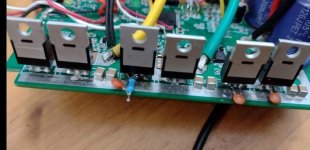
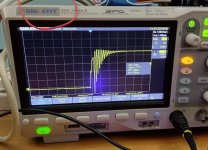
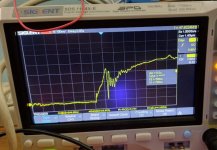
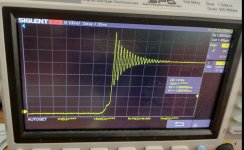

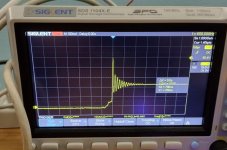

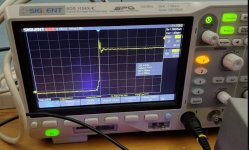
sdobbie said:If you don't have a need for the board, then I will pay your return postage to me.
Is this what I should start with? Hope I understood your suggestions properly.
Clipboard02.png
sdobbie said:How does this look? I managed to fit everything in.
Clipboard02.png
